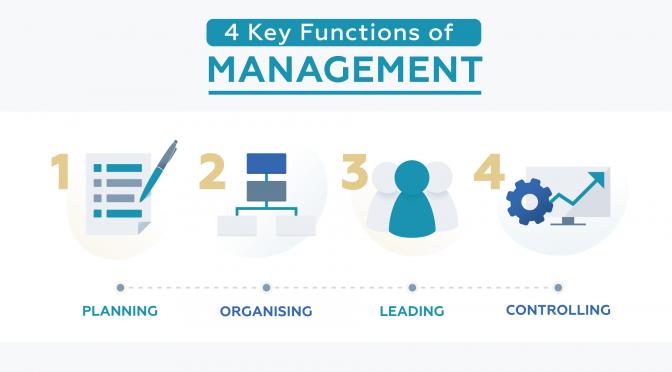Four management methods
Professor Rensis Likert (Rensis Likert) of the University of Michigan and his colleagues have done 30 years on the leadership types and styles of leaders and managers After years of research, some of the thoughts and methods that Likert formed in the research process are very important for understanding leadership behavior. He believes that effective managers resolutely face their subordinates and rely on interpersonal communication to make all parties work in unity. All members of the group, including managers or leaders, adopt a mutually supportive attitude. In this regard, they have common needs, values, ambitions, goals and expectations.
Introduction
Four management styles Likert proposed the four-system model of leadership in 1967, which divides the leadership styles into four types of systems: exploitative centralized leadership and benevolent Centralized leadership, negotiated democratic leadership and participatory democratic leadership. He believes that only the fourth system-participatory democratic leadership can achieve truly effective leadership, set goals for the organization correctly and achieve goals effectively. Given that this leadership style takes a motivating approach, Likert believes that this is the most effective way to lead a group.
Management methods
4 kinds of management methods 1. Management method 1

Management method 1 is called "authoritarian-authoritative". Managers in this way are very authoritarian, rarely trust their subordinates, adopt methods that make people fearful and punishing, occasionally use rewards to motivate people, and adopt a top-down communication method, and decision-making power is limited to the highest level.
Second, management method 2
Management method 2 is called "enlightened-authoritative". The supervisors who adopt this method have full trust and confidence in their subordinates; Adopt a combination of rewards and punishments; allow a certain degree of bottom-up communication, solicit some ideas and opinions from subordinates; grant subordinates certain decision-making powers, but firmly grasp policy control.
3. Management method 3
Management method 3 is called "negotiation type". The supervisor who adopts this method has considerable but not sufficient trust and confidence in his subordinates. He adopts the subordinates’ ideas and opinions in a permanent law; uses rewards, occasionally punishments and a certain degree of participation; engages in two-way communication between the top and bottom. Information; while making major policies and overall decisions at the highest level, lower-level departments are allowed to make decisions on specific issues and, in some cases, negotiate.
Four. Management Method 4
Likert believes that the management method 4 is the most participatory method, which can be called "group participation". The supervisors who adopt the fourth method have full confidence and trust in their subordinates in all matters, always obtain ideas and opinions from their subordinates, and actively adopt them; for determining goals and evaluating the progress made in achieving the goals , Organize groups to participate in their affairs, and give material rewards on this basis; engage more in communication between upper and lower and colleagues; encourage organizations at all levels to make decisions, or, as a group member, work with their subordinates.
In short, Likert found that those executives who apply management method 4 to engage in business are the leaders who have achieved the most. In addition, he pointed out that departments and companies that adopt management approach 4 are the most efficient in setting and achieving goals, and are usually more fruitful. He attributed this success mainly to the degree of group participation and the degree of adherence to the actual practice of supporting the participation of subordinates.
Limitations
The four management methods Although many people agree with the theory of management method 4, they are not without criticism. The research focus of this theory is on small groups, but the scope of the discussion is often extended to involve the entire organization. Moreover, this investigation and research is mainly carried out at the low level of the organization, and the data from the top executives are fragmented. The theory may be untenable. Likert and colleagues understand that it is necessary to clarify the definition of roles, but at the same time, they suggest that, for example, a matrix division of departments usually increases role conflict and uncertainty. Because when it comes to profitable companies, management method 4 is often mentioned. In this way, the results obtained by the survey feedback method can actually be attributed to the overall prosperity of the enterprise. Then, it seems that those who evaluate management style 4 should carefully consider the surrounding circumstances. For managers engaged in management, this means that the various benefits attributed to management style 4 must be carefully evaluated.
